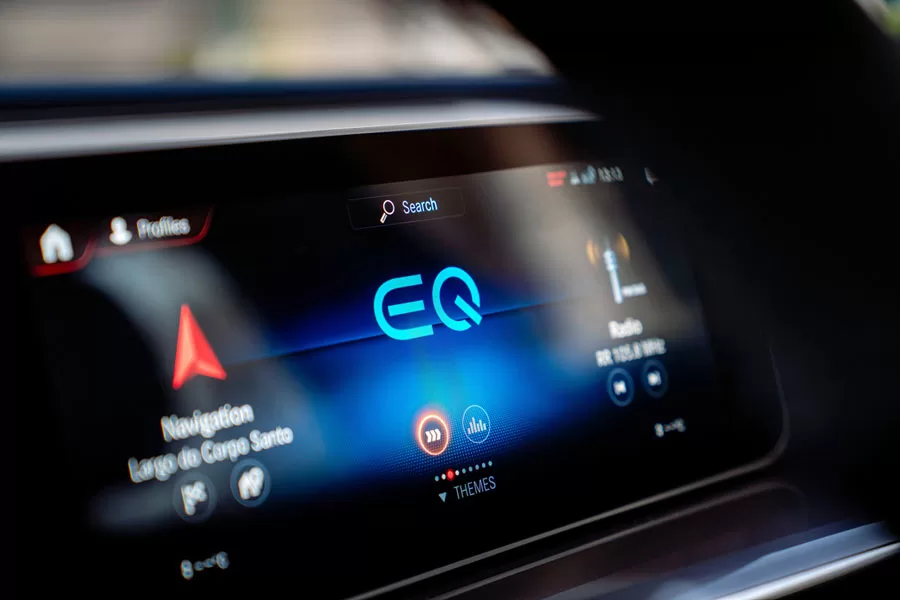While radio advertising remains a staple for many brands in Australia, advertising avenues like in-stream, podcasting and broader digital continue to challenge the investment return of radio.
In the US, radio execs have spent years building strategic relationships with car makers to ensure their marketing channel remains relevant.
Enter ‘connected cars’; cars that can communicate with systems outside of the car, allowing the transfer of user data.
To better understand radio performance in today’s market, a pilot study was conducted by General Motors and Taco Bell.
GM’s connected cars were able to measure location data and in-car radio listening data, while Taco Bell provided radio advertising logs for analysis.
The study used three different radio ads: a typical 30 second radio spot, an on-air personality sponsorship and promotions for news/weather/traffic reports.
The study concluded that:
- the 30 second radio spot was most effective in lifting drive through restaurant visits;
- personality sponsorships and news/weather/traffic spots generated synergies when combined;
- the combination of a 30 second ad with a voiced personality enhanced campaign frequency and
- mid-day recorded the highest driving activity.
Today, with Amazon, Google and Apple trying to embed their systems into ‘connected cars’ the potential to leverage user data in order to improve ad relevance and targeting might not be as far away as we think.
Imagine approaching a McDonalds in your car as a McDonald’s radio ad starts, prompting you to drive through and buy a burger.

